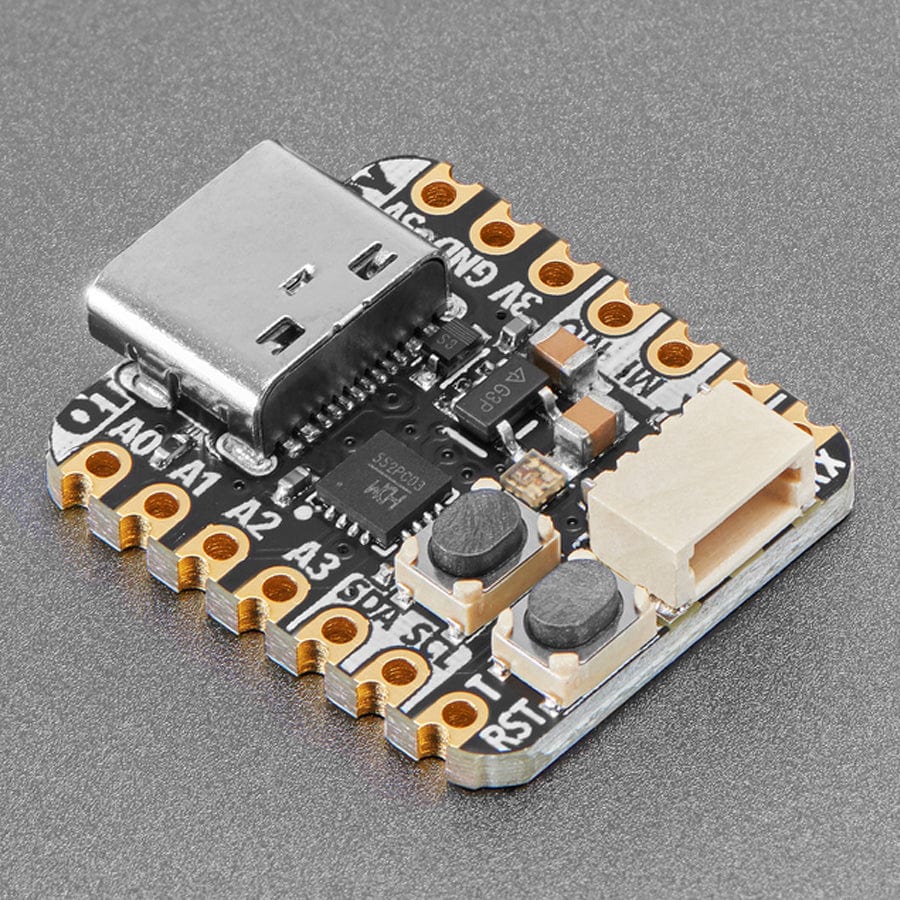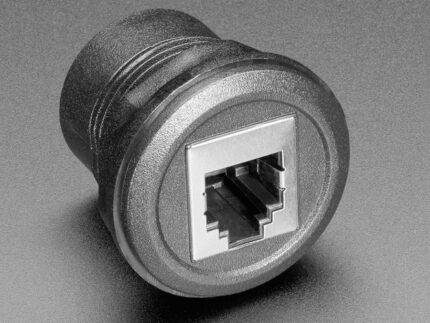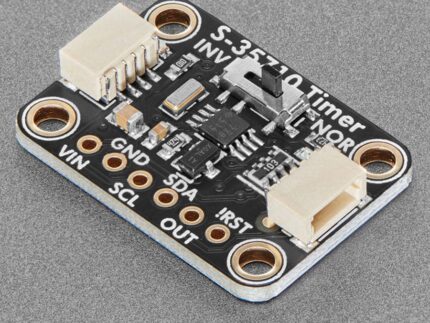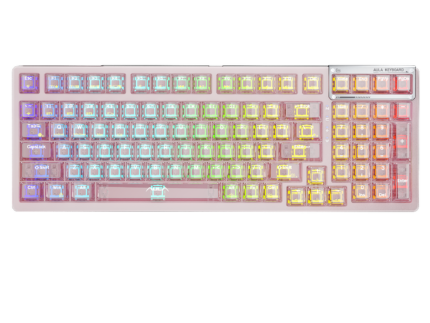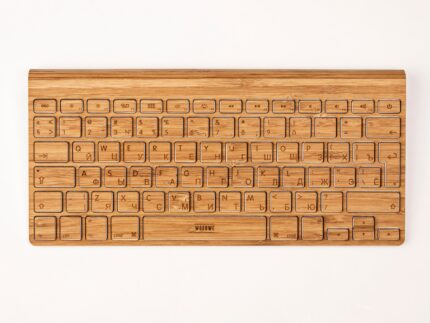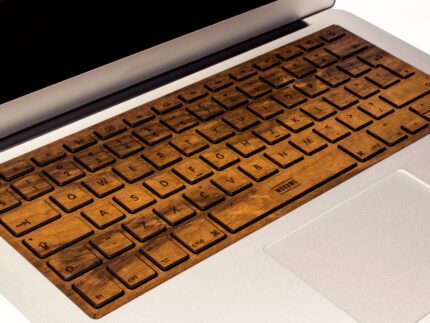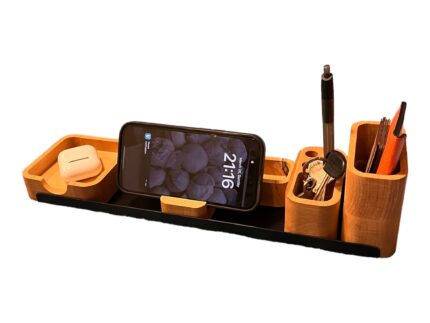Adafruit CH552 QT Py – 8051 Dev Board with STEMMA QT
What a cutie pie! Or is it… a QT Py? This diminutive dev board comes with a throwback processor – an 8-bit 8051! This tiny core is a big change from something like the ESP32-S3 QT Py with two 240MHz 32-bit cores, but there are lots of folks interested in the CH552 and given the small size, it is a nice matchup for a small board.
The CH552 is an ‘enhanced’ E8051 core microcontroller, compatible with the MCS51 instruction set but with 8~15 times faster instruction execution speed. You can run this core at 16MHz and 3.3V logic, and it’s got built-in 16K program FLASH memory and, 256-byte internal RAM plus 1K-byte internal xRAM (xRAM supports DMA. It’s also got some cute tricks up its sleeve, like 4 built-in ADC channels, capacitive touch support, 3 timers / PWM channels, hardware UART, SPI, and a full-speed USB device controller. The last one means it can act like a native USB device such as a CDC serial or mouse/keyboard HID.
If you’re interested in playing with this chip, we’ve wrapped it up in a QT Py format. The pinout and shape are Seeed Xiao compatible, with castellated pads so you can solder it flat to a PCB. It comes with our favourite connector – the STEMMA QT, a chainable I2C port that can be used with any of our STEMMA QT sensors and accessories. We also added an RGB NeoPixel and both a reset button and a ‘bootloader enter’ button.
Looking for a case to keep your Qt Py safe? Click here to find it in our shop
Please note! This is a minimal 8-bit microcontroller, and it definitely does not run CircuitPython or Micropython. It also doesn’t really run Arduino. There’s an Arduino ‘board support package’ we recommend, but the compiler is for C not C++, which means you cannot use any Arduino libraries. It’s very very bare-bones and for hacking/experimenting with this ’40 cent chip’
- Same size, form factor, and pin-out as Seeed Xiao
- USB Type C connector – If you have only Micro B cables, this adapter will come in handy!
- CH552 8-bit 8051 microcontroller core with 3.3V power/logic. Internal 16 MHz oscillator.
- Native USB
- Built-in RGB NeoPixel LED
- 10 GPIO pins:
- The A2 pin is the same as the MOSI pin (it’s the hardware SPI port and one of only 4 ADC pns)https://github.com/DeqingSun/ch55xduino4 x 8-bit analog inputs on A0, A1, A2, and A3
- 3 x PWM outputs
- I2C port with STEMMA QT plug-n-play connector
- Hardware UART
- Hardware SPI
- 4 x Capacitive Touch with no additional components required, on A0-A3 pins
- 3.3V regulator with 600mA peak output
- Reset switch and bootloader to start your project code over or enter USB ROM bootloader mode
- Really really small
Resources
- Primary Guide
